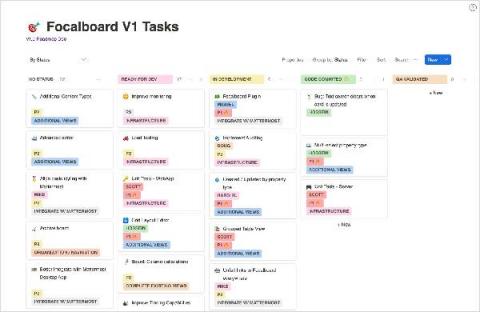Employee Monitoring: Pros, Cons, Types, Tools (2021 Guide)
Employee monitoring can be tricky. You need to strike a balance between your company’s need to monitor employee activity and an employee’s right to privacy. That’s why, while there are several ways to monitor employees, you need employee-friendly solutions that work for your company’s specific requirements. In this article, we’ll explain what employee monitoring is, its benefits and drawbacks, and five types of monitoring solutions.










